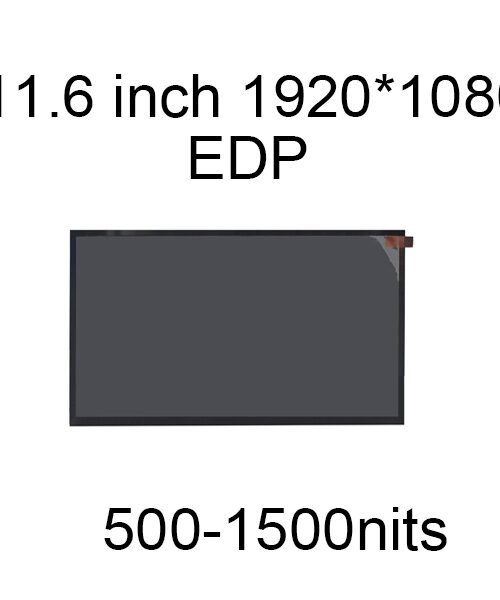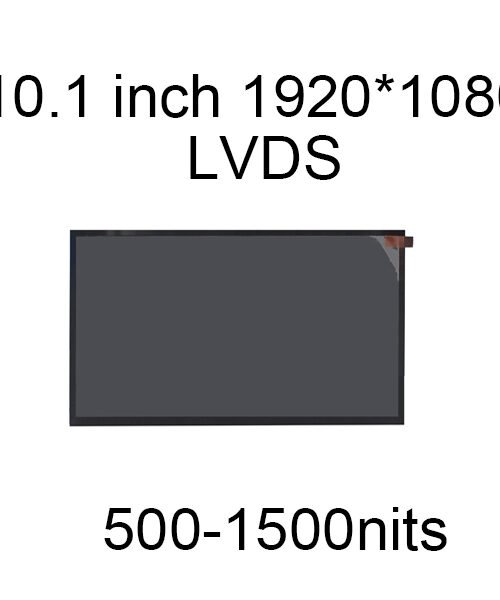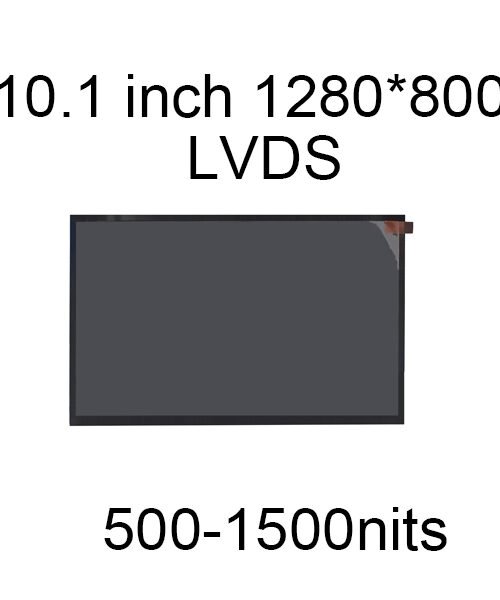Protecting your LCD screen from prolonged sun exposure is crucial to prevent potential damage and ensure optimal performance. Direct sunlight can cause issues like screen overheating, glare, discoloration, and even permanent damage. In this comprehensive guide, we’ll explore various methods and tips to protect your LCD screen from the sun.
- Provide Shade:
- Use an Umbrella or Sunshade: One of the most direct ways to protect your LCD screen from the sun is to create shade. You can use a beach umbrella, a patio umbrella, or a sunshade to cast a shadow over your screen. This is a practical solution for outdoor activities, such as picnics, beach outings, or outdoor presentations.
- Install Awnings: For outdoor installations like outdoor digital signage or kiosks, consider installing awnings or canopies. These structures provide shade for the screen, protecting it from direct sunlight and adverse weather conditions.
- Car Sunshade: When parking your vehicle in direct sunlight, use a car sunshade or windshield visor to protect your in-car LCD screens. These shades can significantly reduce heat and glare.
- Anti-Glare Filters and Films:
Anti-glare filters and films can be applied to your LCD screen to minimize glare and reflections caused by direct sunlight. These filters work by scattering the incoming light and reducing its intensity.
- Adjustable Mounting Solutions:
- Articulating Wall Mounts: For wall-mounted LCD screens, consider using articulating or swivel mounts. These mounts allow you to adjust the angle and orientation of the screen to minimize glare when the sun’s position changes.
- Tilting Stands: If your LCD screen is on a stand, choose one that offers tilt adjustment. This allows you to angle the screen to reduce glare and improve visibility.
- Ambient Light Sensors and Automatic Brightness Adjustment:
Many LCD screens, especially those used in outdoor digital signage and kiosks, come equipped with ambient light sensors. These sensors can automatically adjust the screen’s brightness to ensure optimal visibility in changing lighting conditions. They are useful for maintaining visibility in both bright sunlight and low-light conditions.
- Use a Sun Visor:
A sun visor, similar to those used in cars, can be attached to your LCD screen. These visors create a shadow over the screen, blocking direct sunlight and reducing glare. They are practical for portable screens or those used in outdoor events.
- Apply Anti-Reflective Coatings:
Anti-reflective coatings can be applied to the surface of your LCD screen to reduce glare and minimize reflections. These coatings work by diffusing light, making it less likely to bounce directly off the screen.
- Transflective Displays:
If you have the flexibility to choose the type of LCD screen, consider using a transflective display. Transflective displays are designed to be visible in both ambient light and direct sunlight. They use both natural light and a backlight to create images, making them suitable for outdoor applications.
- Location and Orientation:
- Proper Positioning: When installing an LCD screen outdoors, consider its orientation and positioning. Ensure that the screen is placed in a way that minimizes direct sunlight exposure during peak daylight hours. This may involve installing screens on the north side of a building or under tree shade.
- Monitor the Sun’s Path: If your LCD screen is in a location with changing sun angles, monitor the sun’s path throughout the day and adjust the screen’s orientation as needed.
- Regular Cleaning:
Regularly clean your LCD screen to remove dust, dirt, and fingerprints. A clean screen is less prone to glare and reflections. Use a microfiber cloth or an LCD screen cleaning solution to avoid scratching the screen.
- Use a Sunshade Hood:
Sunshade hoods are designed to attach to LCD screens and provide shading from direct sunlight. These hoods help block sunlight and reduce glare effectively. They are commonly used in outdoor displays, kiosks, and digital signage.
- Monitor and Maintain Temperature:
Extreme temperatures can affect the performance and longevity of LCD screens. Ensure that your screen is not exposed to excessive heat or cold for prolonged periods. For screens used in direct sunlight, consider screens with enhanced temperature tolerance or built-in cooling systems.
- Timed Power Management:
Set up timed power management for your LCD screen if it’s not in continuous use. This means the screen can be automatically turned off during peak sunlight hours, reducing the risk of overheating and prolonging the screen’s lifespan.
- Use Outdoor-Rated Enclosures:
For outdoor applications like outdoor digital signage, consider using outdoor-rated enclosures that protect the LCD screen from environmental elements, including the sun. These enclosures are often weatherproof and include ventilation systems to maintain a safe operating temperature.
- Monitor for Signs of Overheating:
LCD screens operating in direct sunlight can overheat, leading to performance issues or even permanent damage. Regularly monitor the screen for signs of overheating, such as screen dimming, color distortion, or unusual behavior. If overheating is detected, take immediate action to cool the screen down.
- Choose Sunlight-Readable Displays:
When selecting LCD screens for outdoor use, opt for models specifically designed for sunlight readability. These screens often have higher brightness levels, anti-reflective coatings, and other features that enhance visibility in direct sunlight.
In conclusion, protecting your LCD screen from the sun involves a combination of strategies and solutions, ranging from providing shade and using anti-glare filters to adjusting screen orientation and using ambient light sensors. The best approach depends on your specific application and the environmental conditions your screen is exposed to. By taking the necessary precautions, you can ensure the longevity and optimal performance of your LCD screen in outdoor settings.







